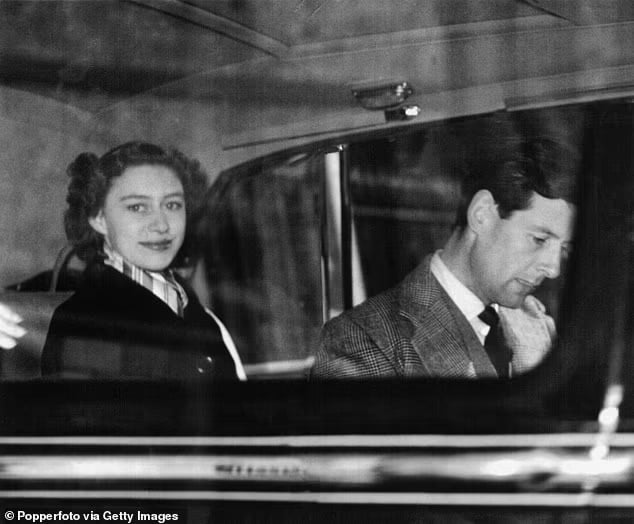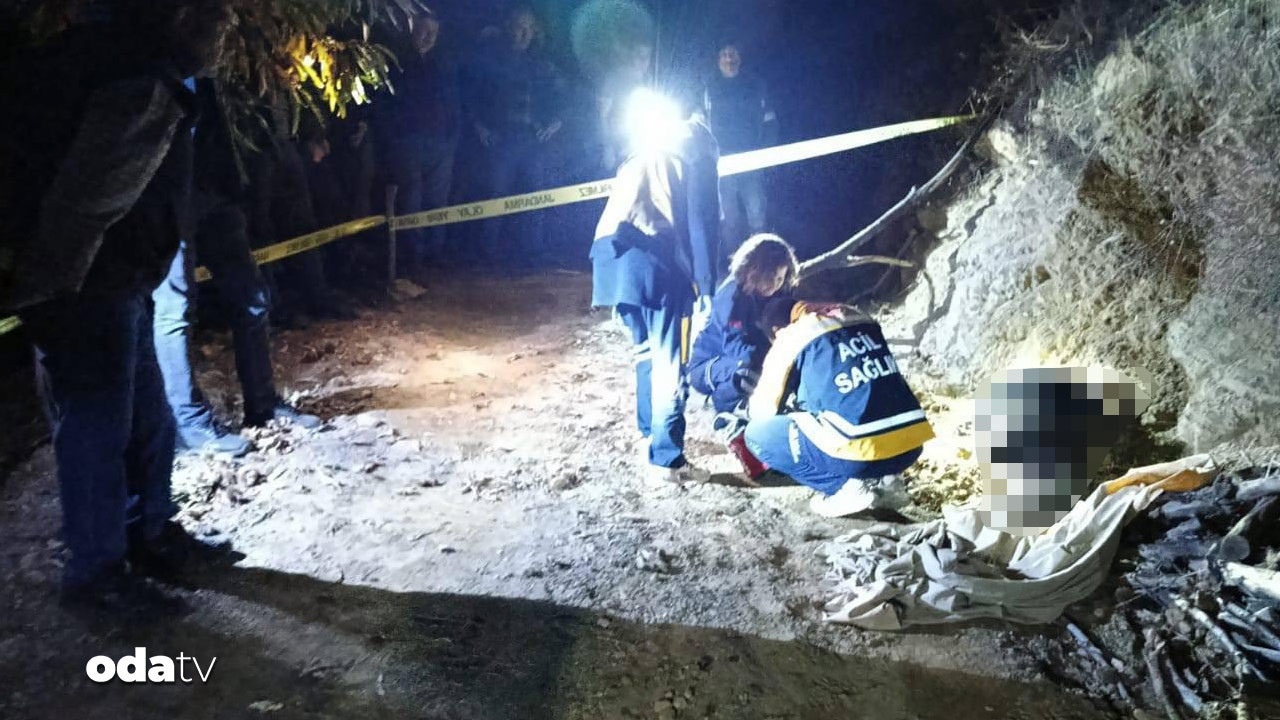Love given up for the throne: The unfinished story of Princess Margaret and Peter Townsend

Princess Margaret, Queen Elizabeth II's younger sister, chose royal duty over British army officer Peter Townsend, whom she intended to marry in 1955. What separated them wasn't just protocol; it was a law written at the heart of the empire. So why was this great love left unfinished?
A love story in 1950s England turned into one of the biggest scandals in royal history.
Princess Margaret, Queen Elizabeth II's younger sister, was torn between her royal duties and her heart. Her love was Group Captain Peter Townsend, a British army officer and veteran Royal Air Force pilot. Townsend was also a divorced father of two.
After the war, Townsend served as an aide-de-camp to King George VI and frequently interacted with the princesses living at Windsor Estate. Their intimacy began when Margaret was just 17, but royal rules declared the relationship impossible from the outset.
After the death of Margaret's father, her older sister Elizabeth ascended to the throne.
The new Queen's most difficult decision was putting a stop to her sister's romance . According to the Royal Marriages Act 1772, royals needed the monarch's permission to marry before the age of 25. Townsend was divorced, and at the time, the word "divorce" was still considered taboo in Buckingham Palace.
The Queen's private secretary, Sir Alan Lascelles, with the support of Winston Churchill, removed Townsend from London. He was transferred to Brussels.
This appointment was, in effect, an exile. Princess Margaret returned to London society, but the love letters never ceased.
Margaret, who turned 25 in 1955, could now marry whomever she wished, but this time another rule came into play: if she married Townsend, she would have to give up her right to the throne, her annual allowance, and the title of “His Royal Highness” (HRH).
On October 31, 1955, the BBC interrupted its regular broadcasts to read the following statement from the princess:
"I could have married him on the condition that I renounce my right to the throne. However, considering the teachings of the Church and my duty to the Commonwealth, I have decided against this decision."
That day, a romantic fairy tale ended for the British people.
However, secret documents released in 2004 revealed that Margaret could have married while retaining her title.
Anthony Eden, Churchill's successor as prime minister, had formulated a compromise that would have allowed the couple to marry in a civil ceremony. But the letters reveal that the princess remained hesitant and gradually buried the love in a corner of her heart.
Years later, Townsend still held the same opinion in an interview with the BBC:
"I could not be a substitute for the losses the princess was willing to bear. She would lose everything."
Peter Townsend returned to Belgium and married a younger woman. When he married 20-year-old tobacco heiress Marie-Luce Jamagne in 1959, the British press ran headlines with the headline, " A love affair ends in the shadow of the palace ."
Margaret married photographer Antony Armstrong-Jones. On the wedding day, Armstrong-Jones took the title of Earl of Snowdon, becoming the first royal to marry a commoner in over 400 years.
While their marriage initially attracted public attention, it gradually cooled; the couple had two children, David and Sarah. However, they divorced in 1978, making Margaret the first royal to divorce since George I.
Years later, Margaret and Townsend's forbidden love affair was retold in the Netflix series The Crown, which revisited the passion of the Princess's youth, with emotions trapped within the cold walls of the palace.
In the documentary The Real Crown: Inside the House of Windsor , released years later, the Archbishop of Canterbury at the time, George Carey, described Princess Margaret, whom he visited on her deathbed in 2002:
"She was sad. She was a woman searching for love and commitment, but the love of her life was forbidden to her. It was a profound human sadness."
Carey described her final moments as "quiet, sad, yet elegant." He said the princess left this world not with regret, but with a withdrawn silence. "The longing she felt for the man she loved was palpable even at the moment of death," he said.
A BBC reporter once asked Townsend:
“How would you feel if he walked in now?” Townsend smiled and replied:
"I would be happy to see him. I think he would be happy to see me too."
Medyascope





